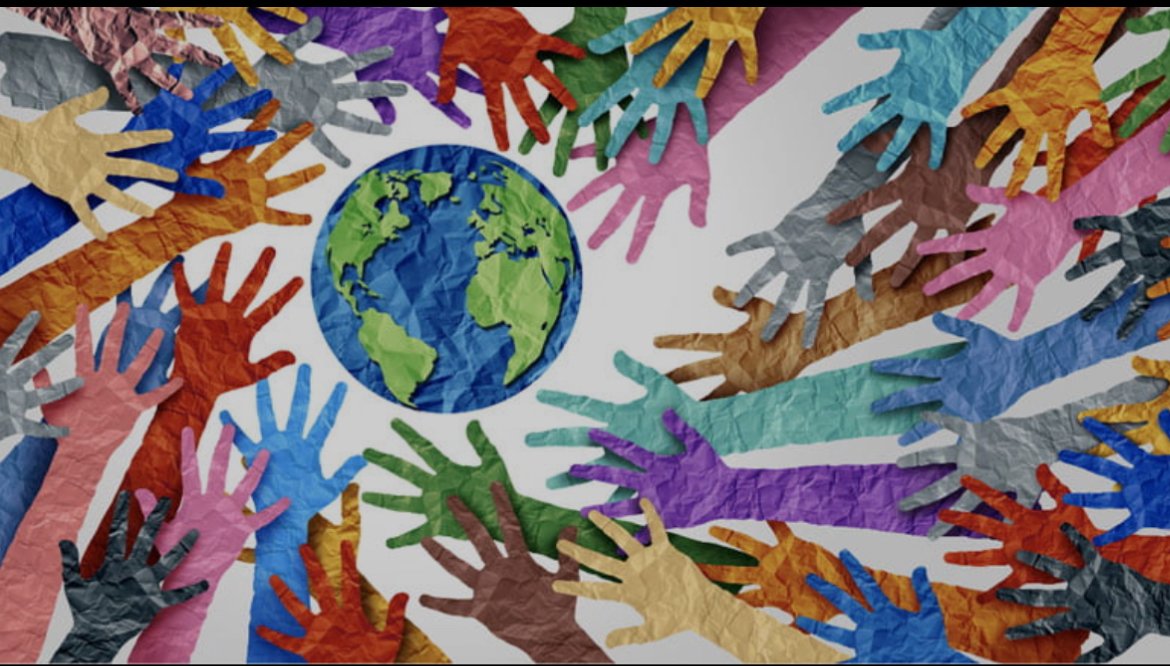Services
Populations Served
Rea works with adults 17 and older. She celebrates diversity and strives to create an inclusive and welcoming space for people of all backgrounds, identities, and abilities, including LGBTQ+ communities.


Areas of Interest
Addictions
Adult PTSD/Complex/Developmental Trauma
Anxiety Disorders
Attachment Disorders, Relationship Issues
Autoimmune Disorders
Chronic Pain
Depressive Disorders
Dissociative Disorders
Disordered Eating
Generational/Past Life Trauma
Performance Enhancement for Athletes, Artists and Business Professionals
Sexual Abuse
Somatic Issues
Spirituality
Sports injuries

Brainspotting
Brainspotting is a therapeutic technique developed by Dr. David Grand in 2003. It is used to help individuals process trauma, emotional distress, and other psychological challenges by accessing and resolving the root causes of these issues stored in the brain and body. It is often considered an extension or evolution of Eye Movement Desensitization and Reprocessing (EMDR), although it has its own unique approach.
It is based on the core principle that where you look can influence how you feel. The therapist guides the client to find specific eye positions that correspond to areas of emotional or physical stress. These “brainspots” are locations in the visual field that can link to unprocessed trauma or negative emotions. Brainspotting recognizes that trauma is often stored in the body and can influence emotional and physical responses. By focussing on certain eye positions that correspond to certain memories and emotions, the body and mind naturally process these stored experiences leading to a sense of relief and resolution. The brain is believed to integrate the newly processed information, allowing the individual to move forward in a healthier and more adaptive way.
Brainspotting is used for Trauma (PTSD, developmental trauma), Anxiety, Depression, Stress-related disorders, Performance enhancement (e.g., athletes, artists), Addictions, and grief and loss.
David Grand explains Brainspotting:
Psychotherapy
is seen as both a craft and a science and is based on the belief that we become who we are in relation to others (namely our primary attachment figures). Of note is that 75 percent of ALL human knowledge is attained by the age of five years! Hence psychotherapy takes aim at the underlying or deeper level of core beliefs that individuals hold about themselves, life, and relationships. In other words, the client’s map of the world. Of note is that core beliefs are stored deeply in the brain in areas not accessible by ‘talk therapy’. Changing these can transform function on a ‘global’ level. With this in mind, Rea relies predominantly on the new, ‘power therapies’: EMDR (Eye Movement and Desensitization Reprocessing),
Counselling
on the other hand, takes more of a surface approach to helping individuals to deal with the vicissitudes of daily hassles and stress of life. Counselling involves fully listening to what people have to say, providing support and strategies, and helping with problem solving.

